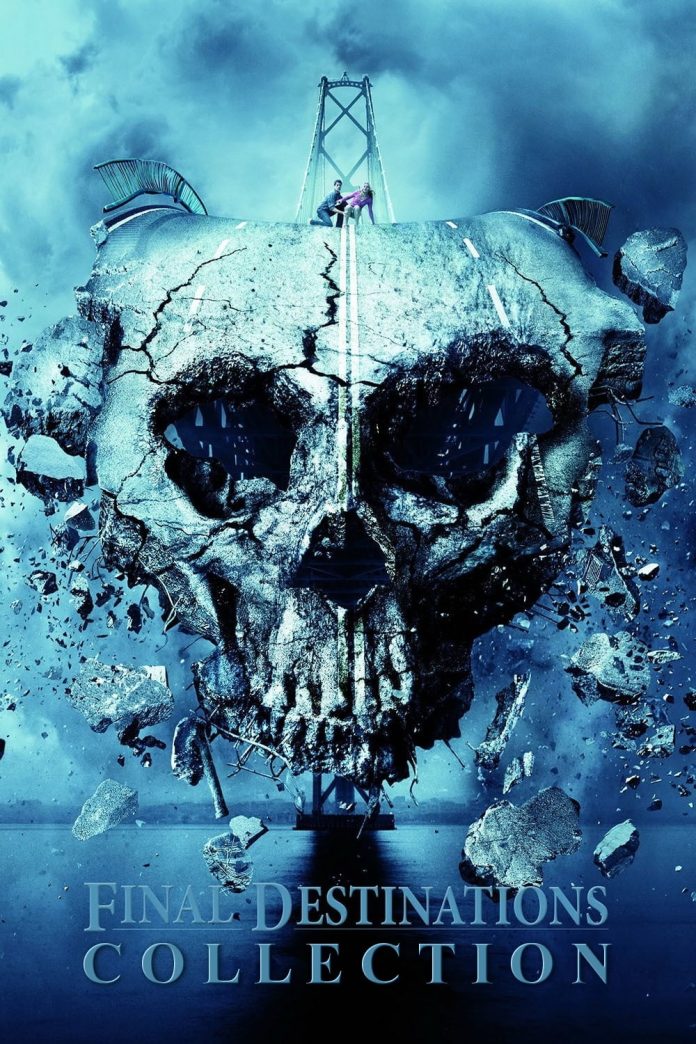The Final Destination movie series is a unique blend of horror and supernatural thriller that has captivated audiences since its inception in 2000. As I delve into the intricacies of this franchise, I aim to explore its themes, cinematography, and overall impact on the genre. For those who enjoy strange and unknown phenomena, this review will uncover why this series continues to resonate with fans.
A Brief Overview of the Series
The Final Destination series consists of five primary films and a sixth installment in development. Each film follows a similar premise: a group of individuals escapes a catastrophic event, only to find themselves haunted by Death, which seeks to reclaim them in increasingly elaborate ways.
- Final Destination (2000)
- Final Destination 2 (2003)
- Final Destination 3 (2006)
- The Final Destination (2009)
- Final Destination 5 (2011)
The series is known for its inventive death sequences and the exploration of fate versus free will, making it a staple in horror cinema.
Themes and Philosophies
The Concept of Fate
One of the central themes of the Final Destination series is the concept of fate. Each film poses the question: can one escape their destiny? After a character experiences a premonition of a deadly event, they manage to evade it, only for Death to come knocking later. This philosophical exploration of fate versus free will is intriguing and leaves viewers pondering their own lives.
The Nature of Death
Death is personified in the series as an unavoidable force, often depicted through elaborate and creatively crafted death scenes. These sequences serve not only as thrilling moments but also as a reflection on mortality. The films challenge the audience to confront their fears surrounding death and the unknown.
The Role of Friendship and Solidarity
Another recurring theme is the bond between characters. As they face the terror of impending death, their relationships are tested. The series often highlights the importance of camaraderie and support in the face of life’s unpredictable nature.
Analyzing Each Film
Final Destination (2000)
The original film sets the stage for the series’ signature style. It begins with a terrifying premonition of a plane crash, leading protagonist Alex Browning to warn his friends. After surviving, they soon realize that Death has a plan for them. The film’s innovative death scenes, such as the iconic scene involving a log truck, captivated audiences and set a high bar for future installments.
Final Destination 2 (2003)
The sequel expands upon the original’s premise, introducing new characters and a different catastrophic event—a highway pileup. I found the film’s exploration of interconnected fates particularly engaging, as survivors from the first film become integral to the plot. The film’s climax, featuring a rollercoaster scene, exemplifies the series’ knack for suspense.
Final Destination 3 (2006)
With a focus on a high school graduation, Final Destination 3 introduces the concept of a photography-based premonition. The film expertly builds tension, and its death scenes are both creative and shocking. The portrayal of the characters’ struggles against fate is palpable, making this installment a fan favorite.
The Final Destination (2009)
This film marked a shift in the series, utilizing 3D technology to enhance the visual experience. While it garnered mixed reviews, the film’s focus on the idea of Death as a relentless force was evident. The rollercoaster scene, designed to make the most of the 3D effects, serves as a highlight. Although some fans were disappointed with the narrative, the film is still a thrilling ride.
Final Destination 5 (2011)
The fifth installment serves as a prequel to the entire series, cleverly tying back to the original film. It features a corporate retreat that spirals into chaos. I appreciated how this film brought back the focus on character development and relationships, making the audience invest in their survival. The film’s twist ending is particularly noteworthy, providing a satisfying conclusion to the overarching narrative.
Cinematic Techniques
Death Scenes as Art
One of the most striking aspects of the Final Destination series is its creative death scenes. Each sequence is crafted with precision, often involving a series of events that lead to the ultimate demise of a character. The use of slow motion and suspenseful music amplifies the terror, making each death memorable.
Cinematography and Visuals
The series employs a mix of practical effects and CGI to create its signature look. The cinematography captures the intensity of each scene, drawing viewers into the horror. The visual storytelling is complemented by a haunting score that enhances the overall atmosphere of dread.
Cultural Impact and Legacy
The Final Destination series has left an indelible mark on popular culture. Its unique approach to the horror genre has inspired countless parodies and references in other media. The concept of “cheating death” has become a recognizable trope, further solidifying the franchise’s place in film history.
Additionally, the series has sparked discussions about fate, mortality, and the human experience. For fans of the strange and unknown, the films offer a platform to ponder existential questions, making them more than just mere horror flicks.
Conclusion
The Final Destination series is a captivating exploration of fate, death, and the human condition. Through its inventive storytelling and memorable characters, it has secured a lasting legacy in horror cinema. For those intrigued by the strange and unknown, I highly recommend diving into this franchise. Whether you’re a newcomer or a longtime fan, the films provide a unique perspective on life’s most profound mysteries.
As we continue to navigate our existence, the question remains: can we truly escape our fate? The Final Destination series invites us to ponder this enigma, all while delivering thrills and chills that keep us on the edge of our seats.
<iframe width="560" height="315" src="https://www.youtube.com/embed/8gcQCUfDzjc?si=ykKva4JD6KJe8oHu" title="YouTube video player" frameborder="0" allow="accelerometer; autoplay; clipboard-write; encrypted-media; gyroscope; picture-in-picture; web-share" referrerpolicy="strict-origin-when-cross-origin" allowfullscreen></iframe>




.jpg?w=100&resize=100,70&ssl=1)
